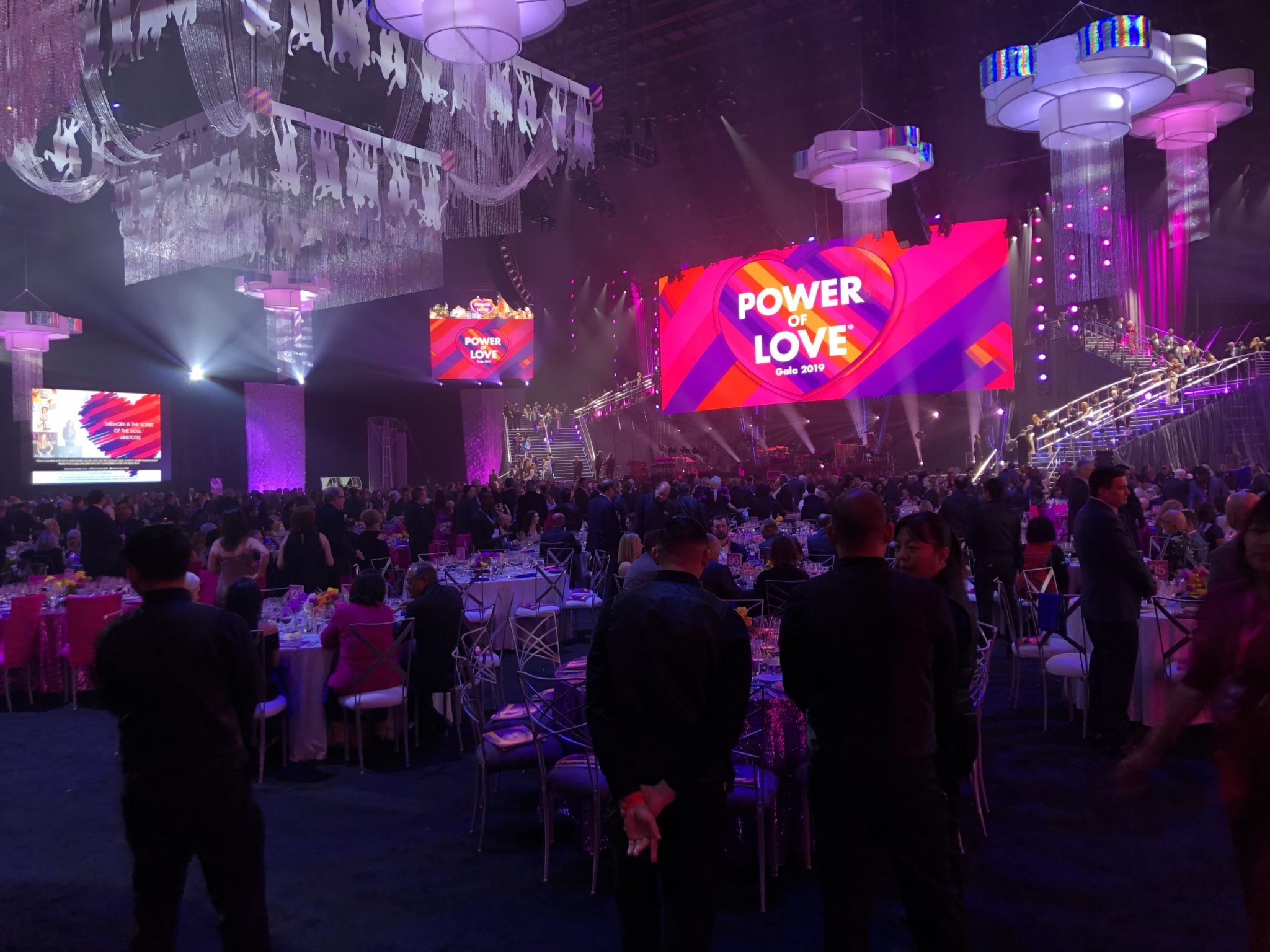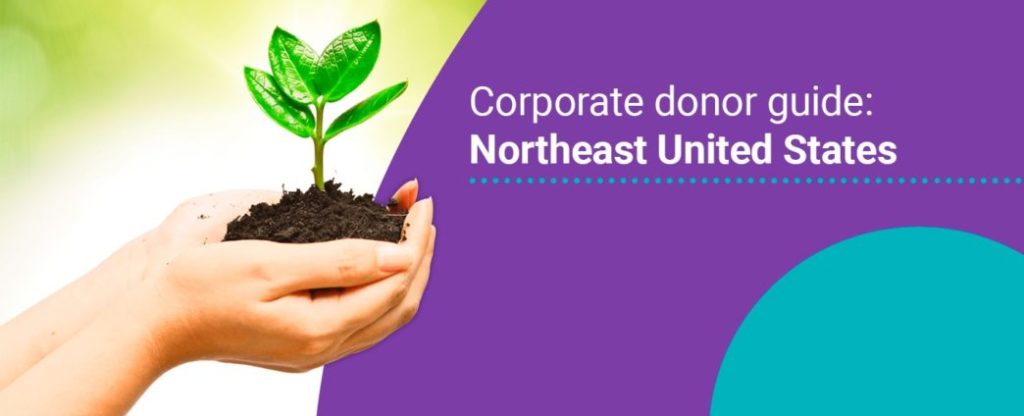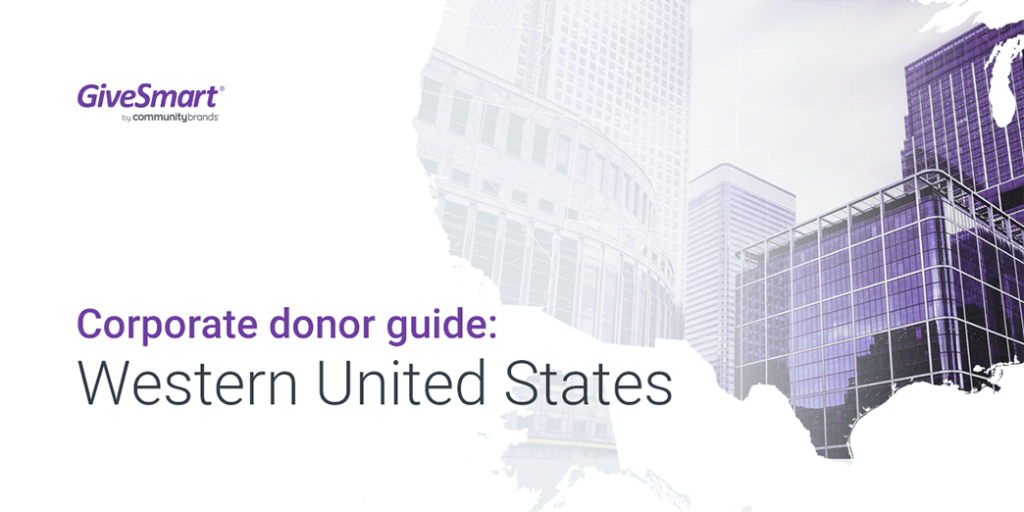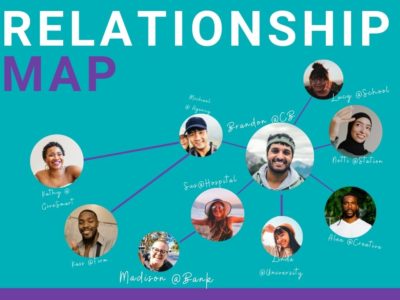Aug 8, 2019
Q & A: Acquiring Corporate Sponsors

On July 16, 2019, GiveSmart hosted a webinar, ‘That’s So Corporate: Acquiring New Sponsors’. We had so many questions, so little time! Keen for more?
In the meantime, here are our responses:
What are some outside the box ways to connect to potential sponsors so that you stand out?
The more personal you can be, the better. Create a personal video from your CEO/ED/Founder that states your mission and why you need their support. If you give a presentation, be sure to give examples of how their brand will look and participate in your events. Don’t just list the perks, show them! Additionally, if it’s the right fit, offer opportunities for sponsors to join the board, have an associate board seat, or volunteer with your organization. Above all, understand what they do and how they currently market their brand in the community. Know about any community involvement they already have going on and where your organization’s needs fit in with their current commitments.
What have you seen are the most effective ways to retain sponsors for the next year?
Show AND tell the impact that their sponsorship has on your organization. Share the impact story, but don’t let the partnership get stale. Provide ways to shake things up and keep the creative juices flowing. Flexible packages are always a great option to ensure you get something done with them, even if their abilities change.
Ideally, what do you consider a reasonable length of time to cultivate a prospective corporation, to become a sponsor at your next event?
Some partnerships will take multiple years to accomplish and some make take a couple of months. It is all about timing. If you have spent several years chasing a corporation, you may want to put that on the back burner and focus on someone new. It’s also worth doing a bit of research in advance, as most larger corporations have sponsorship request timelines on their websites.
It is always a gamble to give something away for free. This should be limited and only for sponsors that are nearly closed deals, or an opportunity for them to experience one of your events.
This should be only a select number of people. Set boundaries in advance so you don’t exceed your budget.
Can you talk more about pre-event contacts with a sponsor: Calls? Meetings? Social media?
If possible, meet sponsors in person, but of course, be mindful of their time. Often a quick call will answer questions, so don’t solely rely on email, but paper trails are good too. You also want to send them reminders as the event gets closer, share things you might be promoting to get guests excited. Engage with sponsors via social media to make sure they are sharing your content and spreading the word about your event and mission. An easy way to achieve this is to create a promotional plan for the sponsor to use, that incorporates their partnership
I am with a national animal welfare organization, while we work with local shelters, we don’t really have local constituents. What advice could you offer in this situation?
We would consider the future family pets as constituents and they all have a story! Share stories of animals across the country who have found their forever homes by following up with the humans who’ve adopted them. Our Animal Welfare Guide has additional guidance.
For local small businesses without a lot of extra cash, have you ever seen people ask for a five-year commitment of sponsorship of, say, the wine?
Five years is a long commitment for any small business. Two years maybe makes more sense. Many small businesses don’t have a business plan beyond two or three years and asking for that long of a commitment is risky for them.
Do you use a tactic for obtaining multi-year sponsorships?
Multi-year deals often come with price cuts and added benefits. Sweeten the pot to entice a longer partnership.
How do you work to move sponsors up the levels? If they were a $1,000 sponsor this year, how do you get them to become a $2,000 sponsor?
This is where demonstrating value comes in. You should be recognizing their current partnership and offer a recommendation that will increase their exposure and can make a bigger difference. Always ask. Especially after their first year because they have the first experience with your great organization fresh in mind.
For that first connection with a potential sponsor – Is it better to provide them with a more concise message? When it comes down to the message/email/mailing, what is the most compelling thing for them to hear?
I’d recommend demonstrating value and communicating your story. A video is always effective at doing so, but don’t be afraid to provide something more impact-focused and make sure they understand what the ask is for (sponsorship, in-kind, auction items, etc).
Can you provide a sample email or message for a potential sponsor?
Yes, you can find multiple in our Corporate Donation Guide here.
You mention the issue with letters, but what about email? Or is it best to start with a phone call? How much time should lapse before you try to connect again?
It is best to do both. Emails are a great follow up to a phone call or voicemail. Don’t harass the prospective sponsor, but you want to be on their radar. Once you’ve connected, you should ask what their timeline is to decide on sponsorships.
How soon should I reach out to previous sponsors to try and secure them for next year’s event?
We recommend 1-2 months after your event and the follow up should include a recap of the impact of their sponsorship. Earlier, a “thank you” follow up is beneficial to the future of your sponsorship relationship.
When a local company needs a dose of positive (vs negative) PR, have you seen charities approach troubled companies for sponsorships?
Depends on the reason the company is troubled. Cashflow may be a problem for a company that is not doing well or has a bad reputation. You also want to be careful to protect your own reputation and fully evaluate the situation at hand to determine if it’s an opportunity for your organization or potential mistake.
What kind of data and statistics are sponsors looking for?
The more numbers you can get your hands on the better!
- Impressions
- Amount raised/impact created
- Number of clicks for digital ads
- Amount of people in your donor base and mailing list
- Website visits monthly/weekly/annually
How would you approach corporations who might ask about the ratio of funding going to operations vs. programming (This question is from a 5.5-year-old organization with high administrative costs – we just hired an Executive Director)?
If you can show a trend where you are lowering admin costs each year, that would help. A 3–5-year plan that shows how you plan to lower those costs would also be a strong argument for the corporation. They need to understand your story as well, that will justify some of those costs as your organization is still young. This is also a great opportunity to feature your new Executive Director and share with constituents what this person will bring to the organization and its future.
Can you talk more about best practices in creating packages for sponsors?
Flexibility is the number one practice. Don’t lock yourself into packages that don’t allow the sponsor to fit their needs/interests. Interchangeable options or a menu versus strict packaging work well.
We work with confidential mental health information about minors, so we can’t have volunteers or potential sponsors see, interact, or volunteer with the kids. How do we motivate corporate sponsors when we have no hands-on opportunity for them?
Storytelling and presentations will be your strongest options in a case like this. You can share specific stories (without citing names or personal information, of course), data and facts about mental health will also be crucial in painting a picture for the mission that your organization is set to accomplish. You can also present sponsorships as opportunities for companies to spearhead initiatives, led by mental health professionals within your organization.
How can we get our foot in the door if none of our board members are willing to introduce us to new corporate sponsors?
You board’s network is one of your organization’s most valuable assets. If board members are not willing to connect your organization with their networks, then your team might need to rethink the expectations you set for your board.
Do you think promoting the Master of Ceremonies, and Event Chair is helpful to bring sponsors and guests to the event and decide to participate?
If your Master of Ceremonies and Event Chair are well-known people in your community, then yes, definitely! Guests will look forward to attending an event with whoever those special people might be, and sponsors will be excited to be tied to that recognition. It’s also a good idea to have an Event Chair or Master of Ceremonies who is well connected and will bring new donors from their personal network.
If a company has giving guidelines for something like grants, are those an end-all be-all official ruling on whether they’ll give to your organization as a sponsor or do you recommend still reaching out to them even if you don’t fit the guidelines?
It’s likely that if guidelines are posted they will stick to them. Posting guidelines saves both parties time by filtering out organizations that are a fit and those that are not. However, if you have a personal connection to the organization it doesn’t hurt to reach out!
Watch or listen (or both?) to the full webinar, here!
Related



